The Galaxy S10+ is Samsung’s latest top-end device and comes with a dual-lens setup in its front camera. The Korean manufacturer combines a primary 10Mp sensor with a lens that offers a 25mm-equivalent focal length and f/1.9 aperture. However, the camera crops the image by default to 6.5Mp to create a field of view that is equivalent to 32mm on a full-frame sensor. The S10+ uses a secondary 8Mp sensor for depth sensing and for creating a simulated bokeh effect. Read our review to find out how the Galaxy S10+ front camera performed in our DxOMark Selfie tests.
Please note: This is an expansion of our short review published right after the release of the Samsung Galaxy S10+ smartphone, and includes detailed test results and more sample photos.
Key front camera specifications:
- Dual front camera
- Primary: 10Mp sensor with 1.22µm pixels, 25mm-equivalent focal length, f/1.9 aperture, dual-pixel AF
- Secondary: 8Mp sensor for depth sensing, 1.12μm pixels, f/2.2 aperture
About DxOMark Selfie tests: For scoring and analysis in our smartphone front camera reviews, DxOMark engineers capture and evaluate over 1500 test images and more than 2 hours of video both in controlled lab environments and in natural indoor and outdoor scenes, using the camera’s default settings. This article is designed to highlight the most important results of our testing. For more information about the DxOMark Selfie test protocol, click here.
Test summary


With an overall DxOMark Selfie score of 96 points, the Samsung Galaxy S10+ offers the best front camera performance for both still images and video that we have seen in our testing so far. With an outstanding Photo score of 101 points, Samsung has managed to improve the S10+ front camera in almost every area over last year’s Galaxy Note 9.
A class-leading performance for color ensures that the S10+ captures nice skin tones, with accurate white balance and pleasant color rendering in almost all conditions. (Only in low light do colors look a little dull sometimes.) Target exposure on faces is good down to very low light levels and dynamic range has also improved over the Note 9. Dynamic range still isn’t perfect, with some highlight clipping on faces and backgrounds in high-contrast scenes evident, but our testers were impressed with how the system handled very challenging scenes.
As we’ve become accustomed to with Samsung devices, noise is well-managed both on faces as well as in the background, and particularly in low light, where the S10+ is capable of some very smooth results. The trade-off is a loss of fine detail on faces, which becomes noticeable under typical indoor lighting and in low light, but Samsung engineers have managed to increase image detail in the new model a little, while keeping noise levels very close to the Note 9’s. Our testers also found the S10+ autofocus to be accurate and repeatable, achieving sharp images from close-up through to selfie-stick shooting distances, so you can be confident faces will pretty much always be in focus. Depth of field is a little shallow, so backgrounds and people at the back of group portraits are rendered slightly soft, but it’s not a major concern.
The addition of a depth-sensing second camera has improved the quality of the simulated bokeh effect in Portrait mode. The S10+ does very well at isolating foreground subjects from the background and applies a nice gradient to the background blur, making for a pretty realistic simulated bokeh effect overall. In addition, the S10+ offers one of the best front camera flash modes we have seen, with good target exposure and well-controlled noise levels. There are also some unwanted effects, such as color shading and quantization or vignetting visible when shooting in flash mode, but these aren’t too concerning for such challenging conditions.
The S10+ also puts in an excellent performance in our video testing, recording the highest video selfie score so far, thanks to good results for color, focus, texture, and stabilization. The camera also captures good target exposure on faces, but lags a little bit behind the very best in terms of dynamic range, due to the lack of HDR processing in video mode. Our testers also observed a few exposure instabilities in video.
Other video attributes are quite similar to those in our still image analysis. Both skin tones and overall color rendering are natural and pleasant, and the camera maintains a decent texture/noise balance, with good detail rendering in bright light and under indoor lighting, as well as well-controlled noise levels. Image stabilization is generally efficient, too, but some jerkiness remains uncorrected, especially when holding the camera still while recording.
Photo scores explained
With 101 points, the Samsung Galaxy S10+ front camera achieves the highest Photo score of all front cameras we’ve tested to date. We calculate the photo score from results and analysis in tests that examine different aspects of a device’s still-image performance under different lighting conditions. In this section we’ll take a closer look at these image quality sub-scores, analyzing some aspects of the S10+ versus its key competition.

Exposure and Contrast
Samsung Galaxy S10+ (Exynos)
84
91
The Samsung Galaxy S10+ achieves one of the highest scores for exposure and contrast to date, thanks to its predominantly accurate exposure of faces in all lighting conditions and improved dynamic range over the Note 9.
Measurements for target exposures in the lab are slightly high for all light sources we test between 20 to 1000 lux, but most of the time we recorded measurements around the maximum acceptable level of 60L*. Target exposures in low light (5 lux) are also very good, and although shots are underexposed in near-dark conditions of 1 lux, images remain exploitable. The high target exposures do have an adverse cumulative effect on our contrast measurements, however, as our testers observed low contrast and oversaturation of the lighter-colored Gretag chart patches.
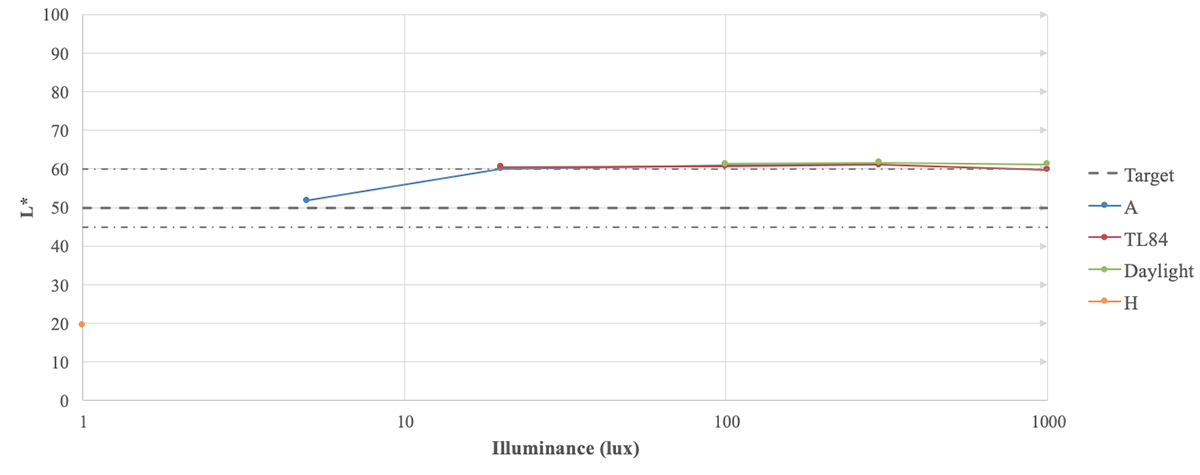
In our perceptual analysis of exposure, however, target exposures on faces remain very pleasant in all lighting conditions.
Samsung has improved the dynamic range with respect to the Note 9, and while it’s still not perfect, with some highlight clipping on faces and overexposure on backgrounds in high-contrast scenes evident, the S10+ generally copes well. In the very challenging scene below, with the low sun directly behind the subject, target exposure is very good on the S10+: the face it captures is brighter than in the Google Pixel 3 image, and has better contrast than the face in the Note 9 image. Tone compression still exists, but again, it’s an improvement over the Note 9; moreover, the S10+ example displays better shadow region detail compared to the Pixel 3, although the Google device records slightly richer highlights and blue skies.
In our backlit window test scene, the S10+ again captures a better target exposure on the face compared to the Pixel 3. However, highlight preservation remains stronger on the Google device, whereas slightly overexposed backgrounds resulted in the loss of a few points for the Samsung S10+.

Color
Samsung Galaxy S10+ (Exynos)
89
105
The S10+’s color score of 89 points is exceptional and far ahead of the Note 9 in this category, which is in second place with 85 points; the Pixel 3 comes in third with 77. Color rendering is generally pleasant, but colors can look a little dull in low light, as you can see from the 5 and 20 lux patches on the color measurements chart.
Skin tone rendering is generally very pleasant, too, and particularly nice in good lighting conditions.
The white balance system on the S10+ renders mostly neutral color and skin tones, with a slight pleasant cast in outdoor and indoor images, and a warmer cast on images shot under tungsten light. In the indoor images below, shot against a solid neutral background, the S10+ achieves the most neutral white balance and skin tones, compared to the slightly blue or cold cast of the Note 9 and the greenish skin tones of the Pixel 3.
Color shading is slightly noticeable, with pinkish tones in the center shifting to a little green at the edges, for which we deducted some points in the color category. It’s not overly strong nor a significant issue, however, and our testers considered it to be at an acceptable level.

Focus
Samsung Galaxy S10+ (Exynos)
79
97
The S10+ includes a dual-pixel phase-detection autofocus (PDAF) system on the primary front camera, which gives it an advantage over many fixed-focus systems, ensuring sharp focus on faces at all subject distances we test.
This is another area in which the S10+ improves slightly on the Note 9, with the PDAF system offering better repeatability or consistency outdoors, as well as better accuracy in low light compared the the Note 9’s contrast-detect autofocus system. So the S10+’s focus is fast, accurate, and repeatable in bright light, where you can be confident of sharp focus on faces at close (30cm), mid (55cm) and long (120cm) range.
Focus is not quite as impressive under indoor or low-light conditions, where details are often lost in the background, but it’s still very capable and faces are always in focus. Depth of field isn’t as good as we saw on the Note 9, which is one of the top performers in this regard, despite the fact that the S10+ has a shallower-aperture f/1.9 lens, compared to f/1.7 on the Note 9. In group portraits taken with the S10+, the first face is always in sharp focus, but there’s a slight loss of focus on faces further back.
In environmental or tourist portraits shot at long range (120cm), the S10+ preserves more important details in the background compared to the Note 9, but it doesn’t manage to outperform the Pixel 3, which remains at the top for front camera focus in our database to date.

Texture
Samsung Galaxy S10+ (Exynos)
64
85

Noise
Samsung Galaxy S10+ (Exynos)
80
90
One notable feature of recent Samsung devices is that they tip the texture/noise compromise in favor of reduced noise for smoother images in low light, and this holds true for the S10+. So its texture score of 64 is a little low compared to the best performers in this category, notably Google Pixel devices that favor detail over noise reduction, but detail on the S10+ marks a slight improvement over the Note 9. This is primarily due to the S10+ employing slightly faster exposure times indoors, which is of real benefit when capturing shots with some subject motion. This advantage applies only to our measurements at 300 lux, however, so exposure times and detail are essentially the same between the S10+ and Note 9 outdoors and in low light.
In our perceptual analysis of image quality, the S10+ scored very high in bright light conditions, so you can expect high levels of detail in outdoor shots and very acceptable results in indoor and low-light images, too.
This said, the S10+’s level of detail is a far cry from what we observe on the Google Pixel 3, which is a top performer for texture preservation.
However, both Samsung devices really excel when it comes to noise reduction under indoor and low-light conditions. In fact, the S10+ manages to improve on an already impressive performance from the Note 9 in low light, where the amount of visual noise is significantly lower than for the Pixel 3; and although measurements between the two manufacturers are closer under indoor and outdoor conditions, the Samsung devices remain ahead.
In our perceptual analysis, noise reduction is very good on faces in outdoor and indoor conditions, and although some mild luminance noise is evident in areas of uniform color like the sky, it’s not too problematic. In low light, although some fine luminance noise is visible on faces, with a slight chromatic element in the background on occasional, the S10+ handles noise exceptionally well.
Examining lab analysis shots in very low light you can see how effective the S10+ noise reduction is compared to the Pixel 3, where a coarser luminance noise is more prevalent and the level of fine detail is pretty well maintained considering.
The Galaxy S10+ achieves a very high score for artifacts. Penalties are applied for loss of acutance, halos, distortion, hue shift and ringing. The penalties are small, though, meaning they have little detrimental impact on overall image quality.

Flash
Samsung Galaxy S10+ (Exynos)
80
93
The S10+ front camera offers a very effective flash system, and although it isn’t a top performer in this category, its scores are close to the best. It is also a consistent performer for both flash-only shots and those mixed with additional lighting. Using flash without any additional lighting, exposure on the face and towards the center of the frame is good, and white balance is accurate. Details are well-preserved, too, and although some noise with a low frequency chromatic element is visible, it’s restricted to the darker parts of the background and face. Mixing flash with a small amount of tungsten lighting (5 lux), exposure remains good, with less corner shading (as you’d expect); white balance is again accurate, ensuring pleasant skin tones without any heavy color casts. Noise, including that chromatic element, remains visible in the background, but at what we find is an acceptable level.

Bokeh
Samsung Galaxy S10+ (Exynos)
72
75
The addition of a depth-sensing second sensor helps the S10+ deliver a class-leading performance for bokeh simulation shots, with some of the best depth estimation we’ve seen from a front-facing camera. It’s not perfect, and some depth estimation artifacts are visible at close inspection, but it generally does an admirable job, and results are impressive when viewed on the device’s display.
The depth of field effect isn’t overly strong, and some photographers might prefer a more intense blur to really make portraits stand out, but blur intensity also depends on how far elements in the background are from the camera, and the S10+’s bokeh rendering looks very natural. It’s close to the look you’d achieve optically—something many manufacturers haven’t been able to implement so far. The shape of the bokeh could be improved and the effect isn’t always repeatable, but these are slightly minor quibbles about what is otherwise a very good system.
Video scores explained
The Samsung Galaxy S10+ front camera achieves a class-leading overall Video score of 88 points, marking a slight improvement over the impressive performance of the Note 9 in many areas. Its key strengths are mainly accurate face exposures, pleasant color rendering and skin tones, well-controlled noise with good detail, and effective stabilization. Opportunities for further improvement remain with exposure instabilities, and residual high frequencies and artifacts visible in some videos. We calculate the overall video score using the following video sub-scores: Exposure (64), Color (77), Focus (82), Texture (68), Noise (79), Artifacts (84), and Stabilization (75).
Despite the overall excellent performance and ranking for video on the S10+, video exposure isn’t one of its strong points. Scores are fractionally lower than the Note 9 in all lighting conditions and drop further behind some of the best performers in this area, such as the iPhone XS Max and the Google Pixel 3. Target exposures in outdoor and indoor lighting conditions are generally accurate, but expect some underexposure in low light.
Dynamic range in video is also limited due to the lack of HDR video processing, making it tricky for the S10+ to maintain good detail in the brightest highlights when capturing video in high-contrast conditions. Although it’s not common for front-facing video systems, some manufacturers have started to introduce HDR processing on some recent flagships, including the iPhone XS Max, which displays less highlight clipping in challenging bright scenes.
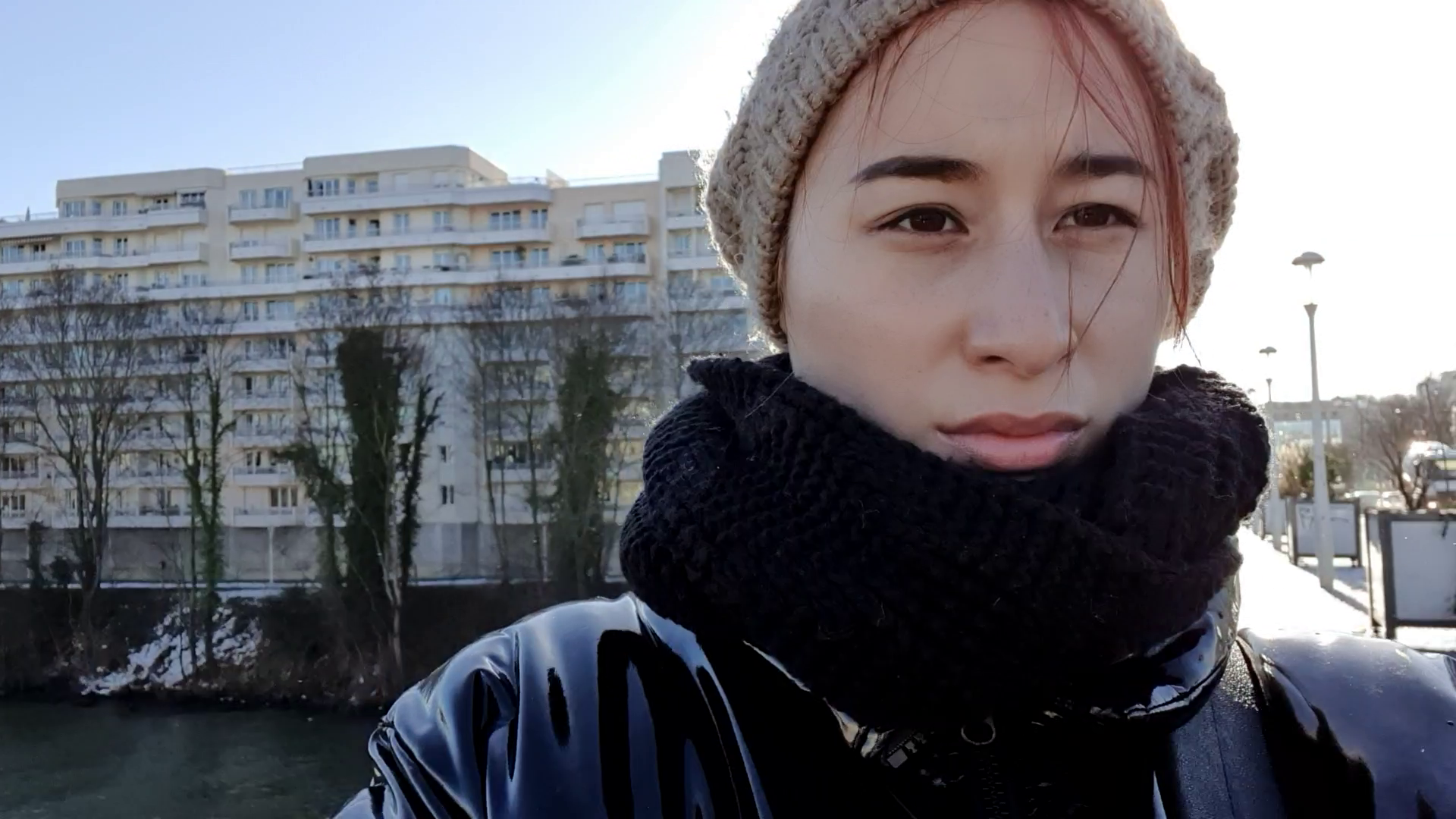
Video color is a strong point for the S10+, with essentially the same results as the Note 9 and just a little behind the current top performer in this category, the Pixel 3. The S10+ scores quite low for color in low light due to underexposed videos displaying a lack of saturation, but color rendering is good in outdoor and indoor conditions, with pleasant skin tones and accurate white balance. Samsung has improved the color rendering, notably with respect to the Note 9 in outdoor videos, which is where the S10+ excels, but under indoor lighting conditions, the S10+’s color and skin tones are slightly more pleasing than the Note 9’s.
Just as with stills, focus is another key strength shooting video on the S10+. The PDAF focus system performs well in both indoor and outdoor situations, ensuring excellent focus on faces at both close (30cm) and medium (55cm) distances. Depth of field is pretty good, too, especially in outdoor videos, where the S10+ maintains good detail in the background as well as on faces towards the back of a group.
Video texture is a big area of improvement on the S10+, which is very close to the top performer on our database in this category. It preserves high levels of texture and edge detail in all lighting conditions, with over 60% acutance at 20 lux rising to an impressive 80% in very bright conditions. Detail on the S10+ actually outperforms the Pixel 3’s video in outdoor and indoor conditions, which is perhaps surprising, considering how strong the Google device is for texture on stills. As you might expect from a Samsung device, video noise is well-controlled, too, and although the S10+’s measurements are not at the top of our ranking for noise reduction in outdoor and indoor videos, our testers considered the results very strong in our perceptual analysis. Smooth videos in low light is where the S10+ really excels, though, showing a slight improvement over the Note 9.
We applied some minor penalties for frame rate inconsistencies, moving texture, and ringing in the artifacts category, but overall, the S10+ avoids or controls well many of the issues we look out for.
Finally, stabilization is also very effective on the S10+, with walking and static movements well-controlled in both indoor and outdoor videos. Some jello effect outdoors is noticeable, as is a difference in sharpness between frames on occasion, but it’s a good solution overall.
Conclusion
The Galaxy S10+ is our latest top device for front camera performance and is an easy recommendation for selfie photographers and video shooters alike. The Samsung’s front camera performs well in all areas and doesn’t display any real weaknesses when compared to the direct competition. In stills mode, some highlight clipping can occur in high-contrast scenes, and colors can look a little dull in low light, but otherwise the S10+ does very well in almost any shooting situation. It’s even harder to find any flaws worth mentioning about the Samsung’s video performance, making the Samsung Galaxy S10+ a deserving new front-runner in the DxOMark Selfie rankings.
Photo Pros
- Pleasant skin tones, white balance, and color rendering
- Good target exposure on faces in most conditions
- Noise on faces and in the background well under control
- Accurate and repeatable autofocus
- Good subject isolation and nice blur gradient in bokeh mode
- Good detail in bright light at all shooting distances
- Good exposure and low noise in flash images
Video Pros
- Accurate target exposure on faces in most conditions
- Good color rendering and skin tones
- Noise well under control
- Good detail in bright light and under indoor conditions
- Efficient image stabilization
Photo Cons
- Shallow depth of field leads to soft faces in group portraits and to soft background details
- Dull colors in low light
- Highlight clipping on skin tones in high-contrast scenes
- Loss of fine detail on faces in low light
- Color shading, lens shading, and color quantization with flash
Video Cons
- Occasional exposure instabilities
- Some high-frequency camera shake in static scenes
- Moving texture artifacts in static scenes


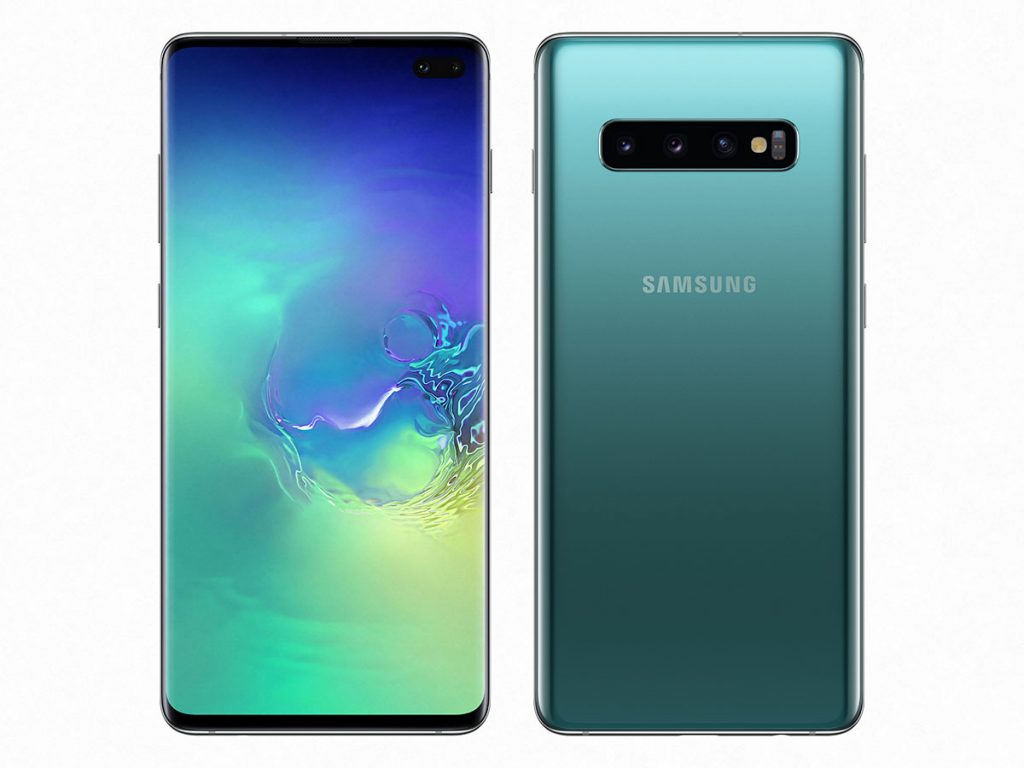

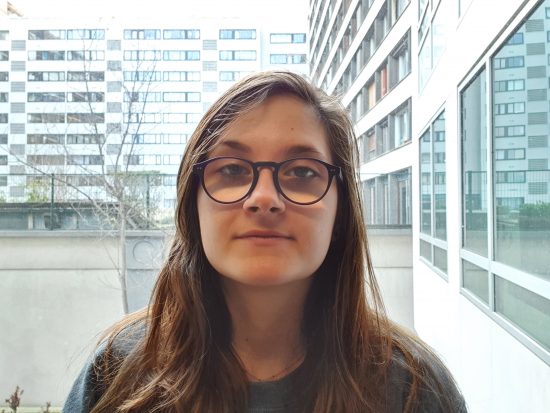






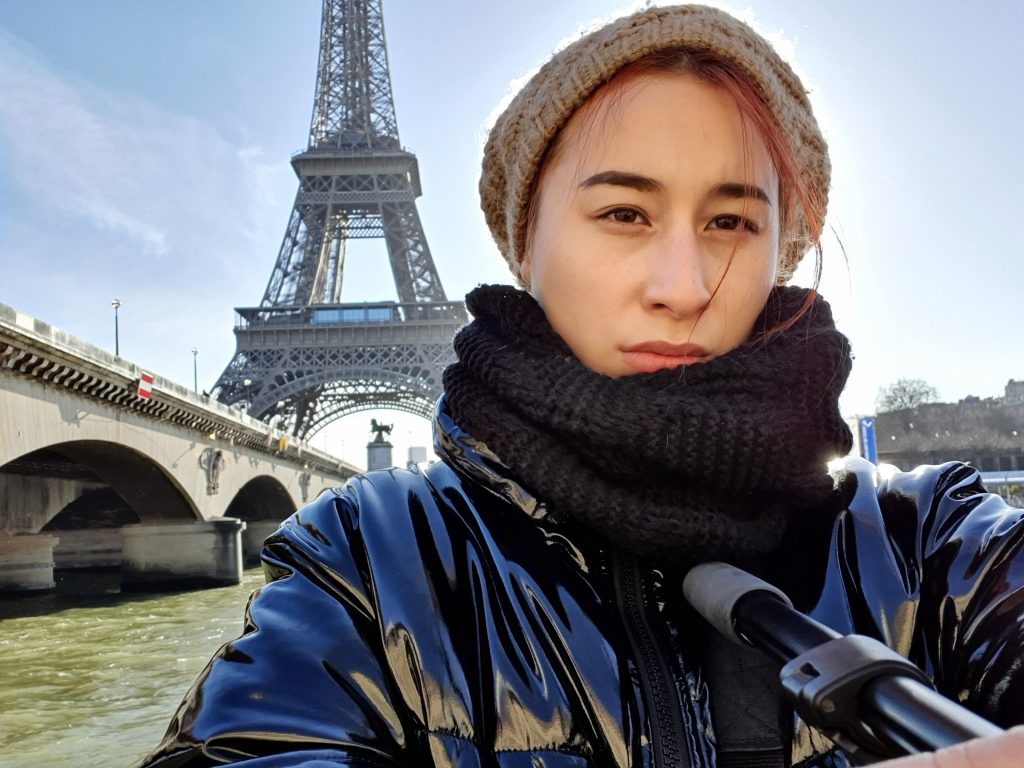
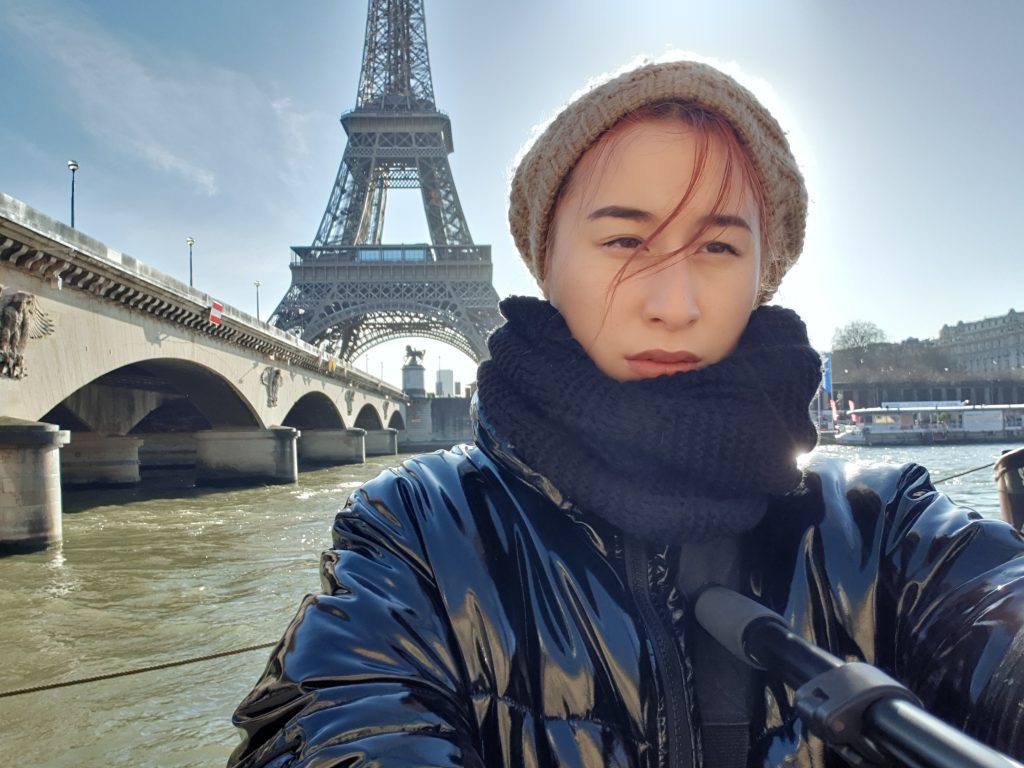

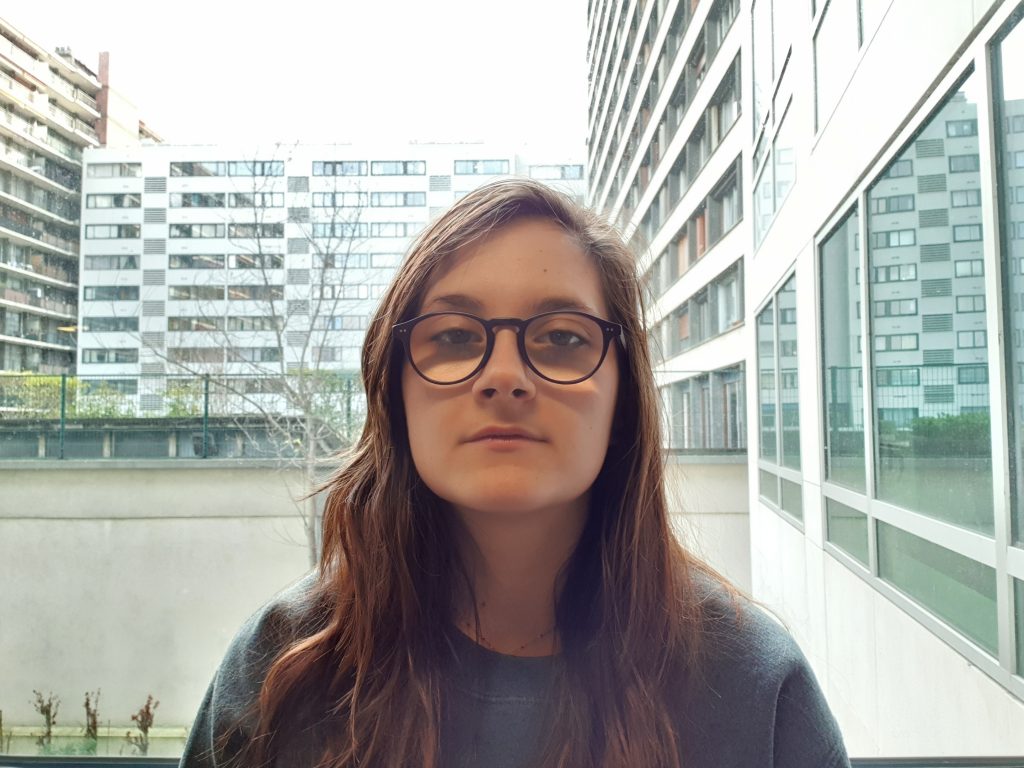
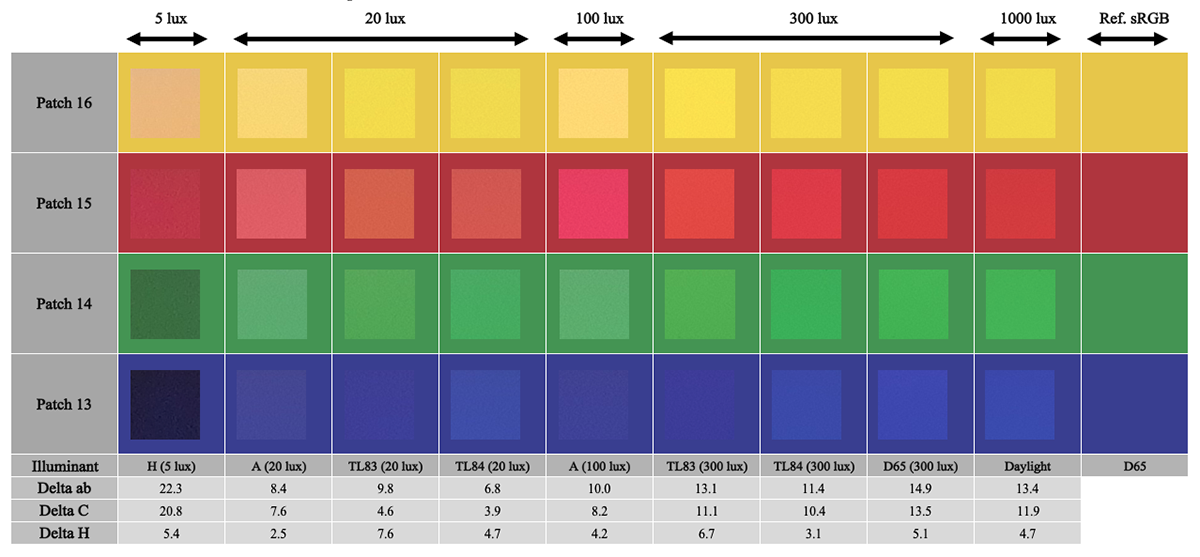
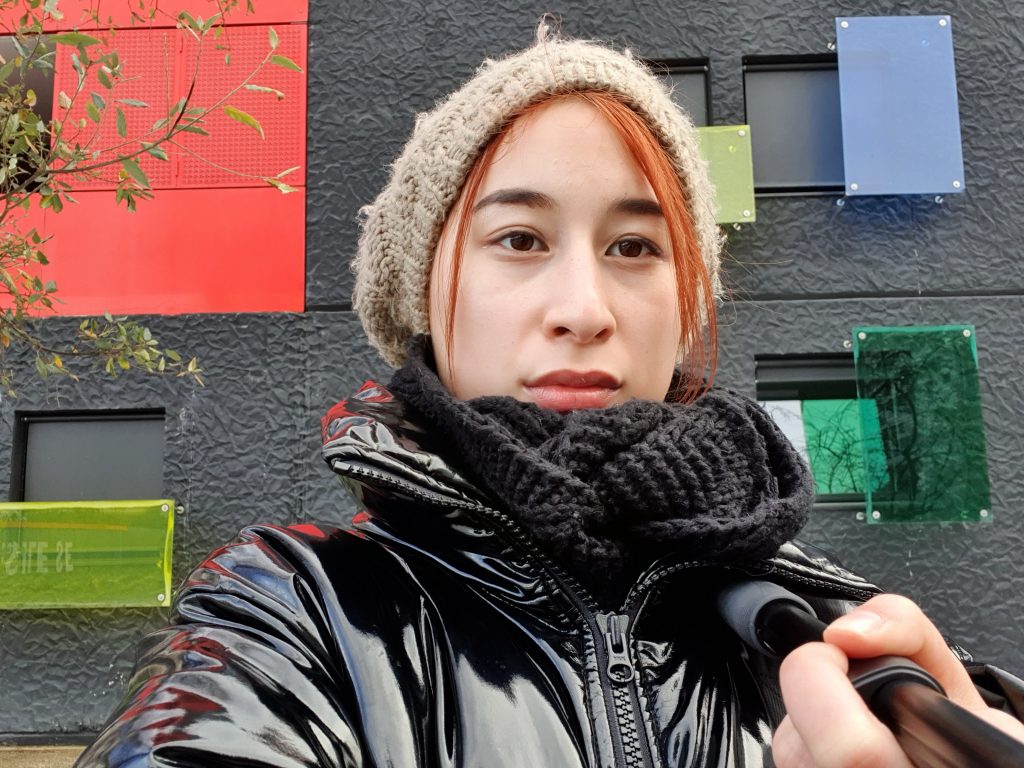
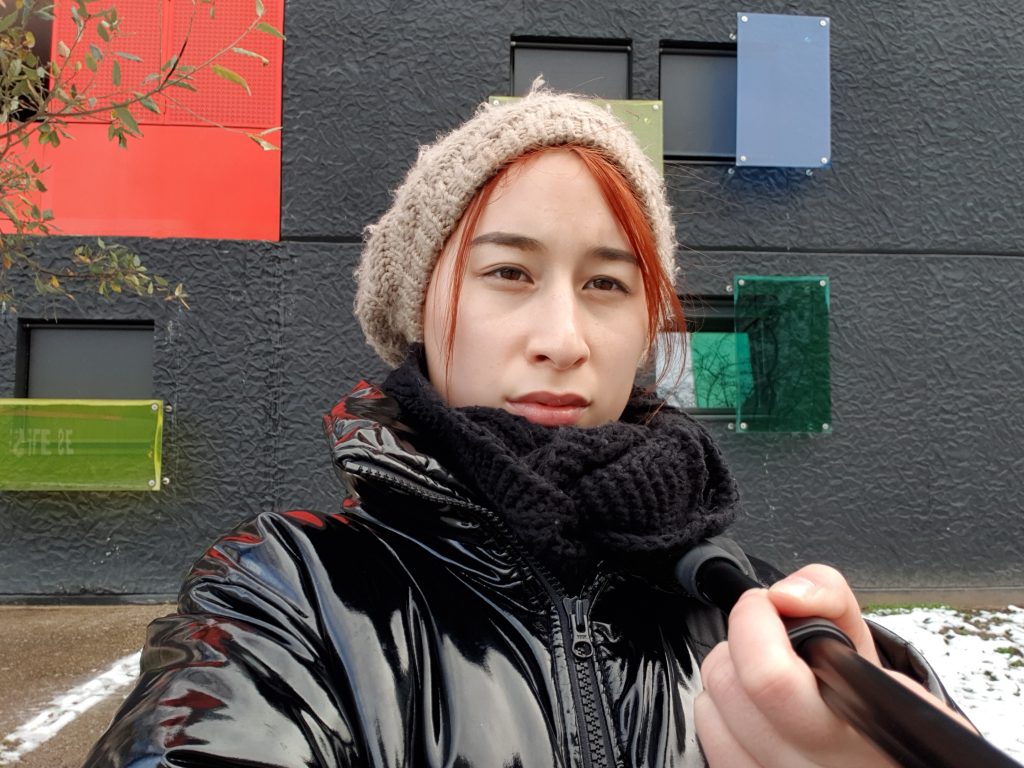



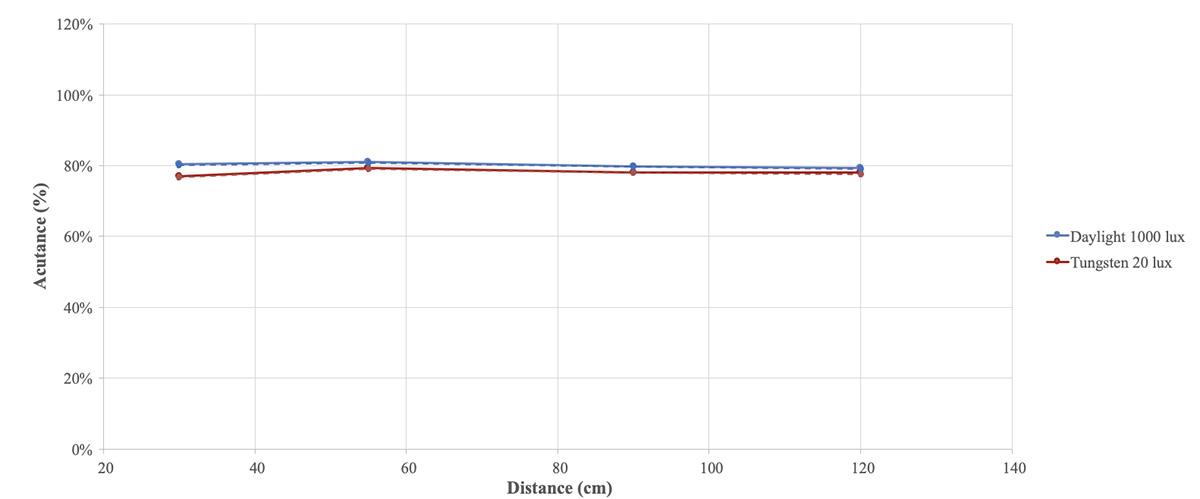
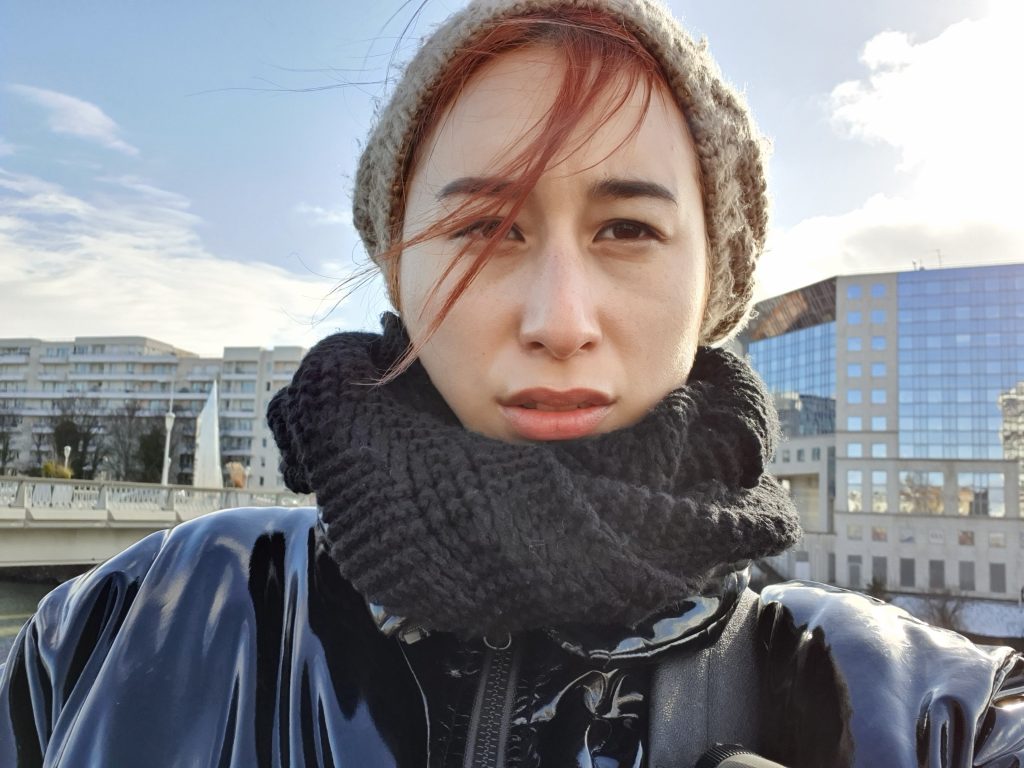
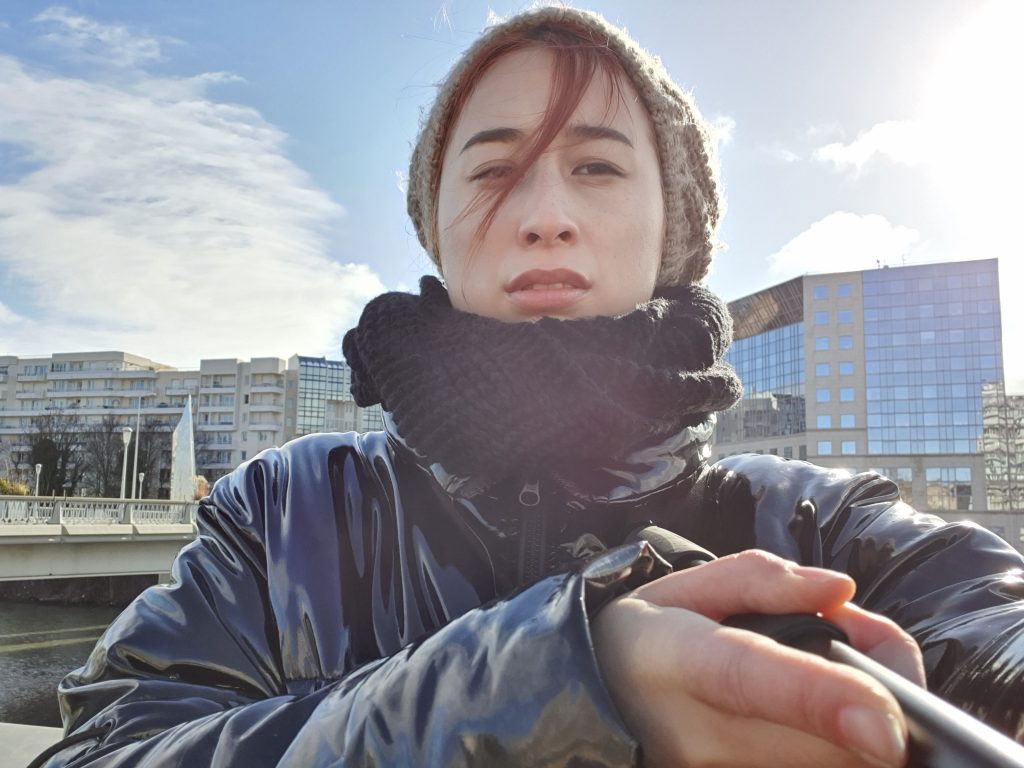
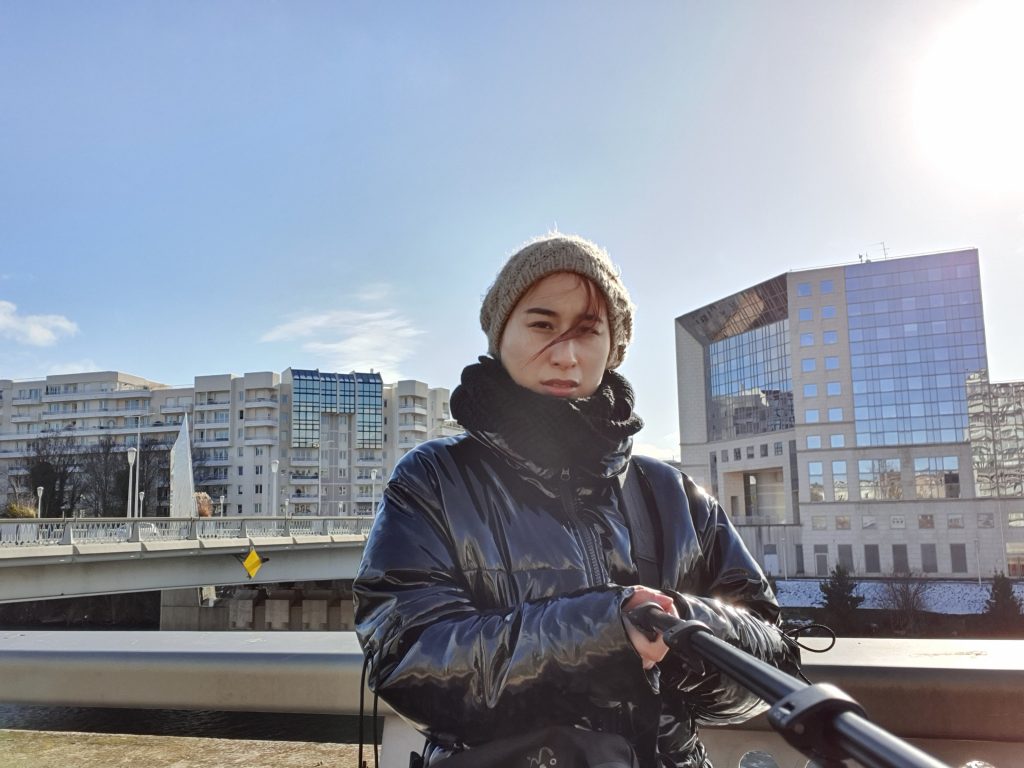




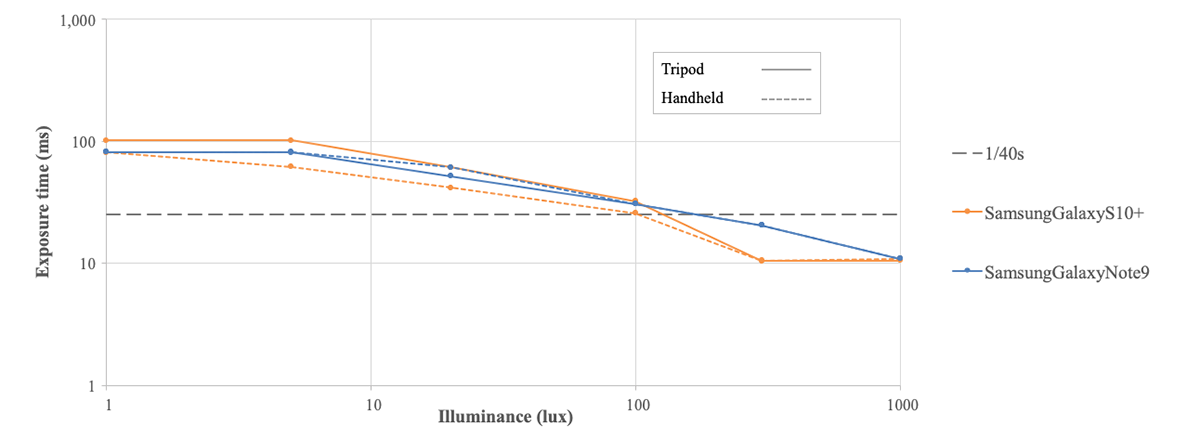




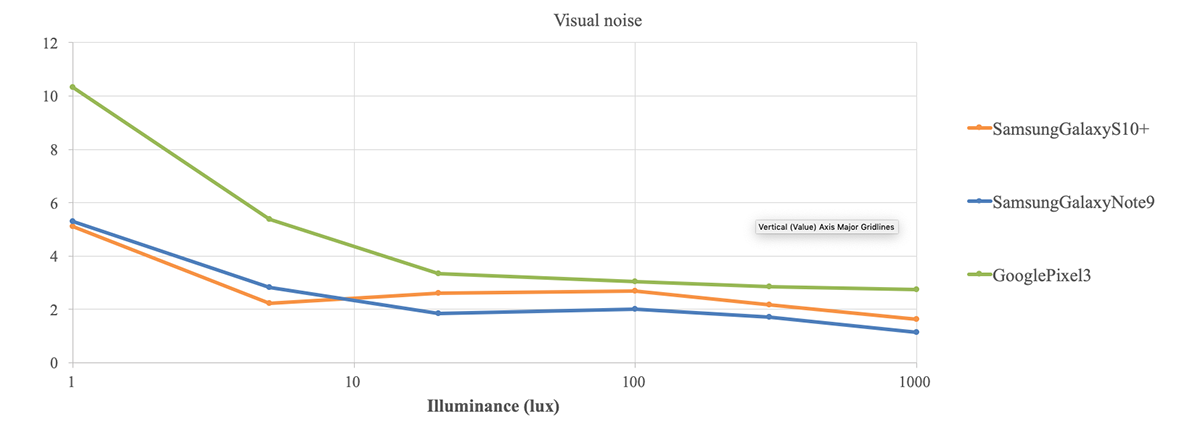

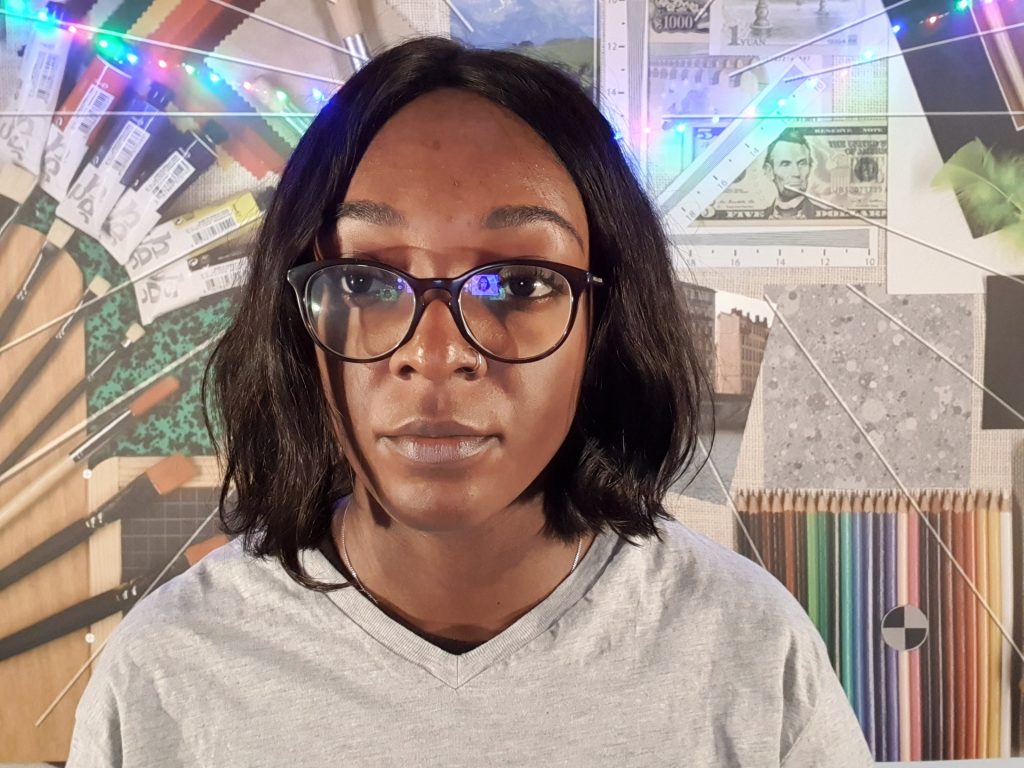
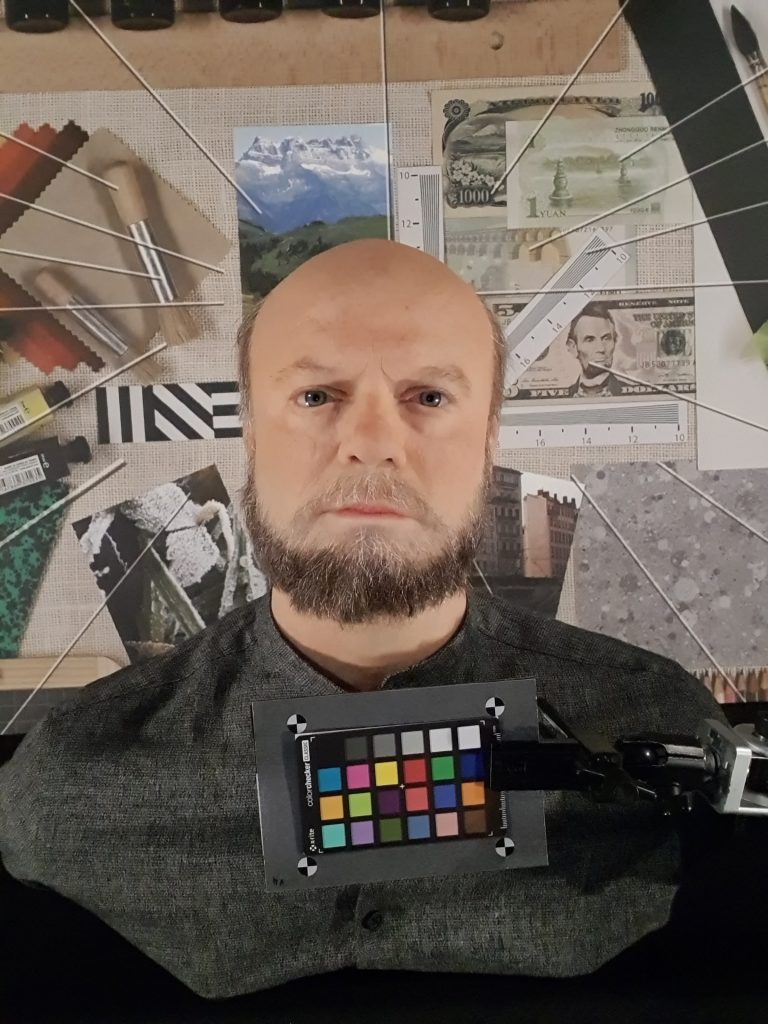
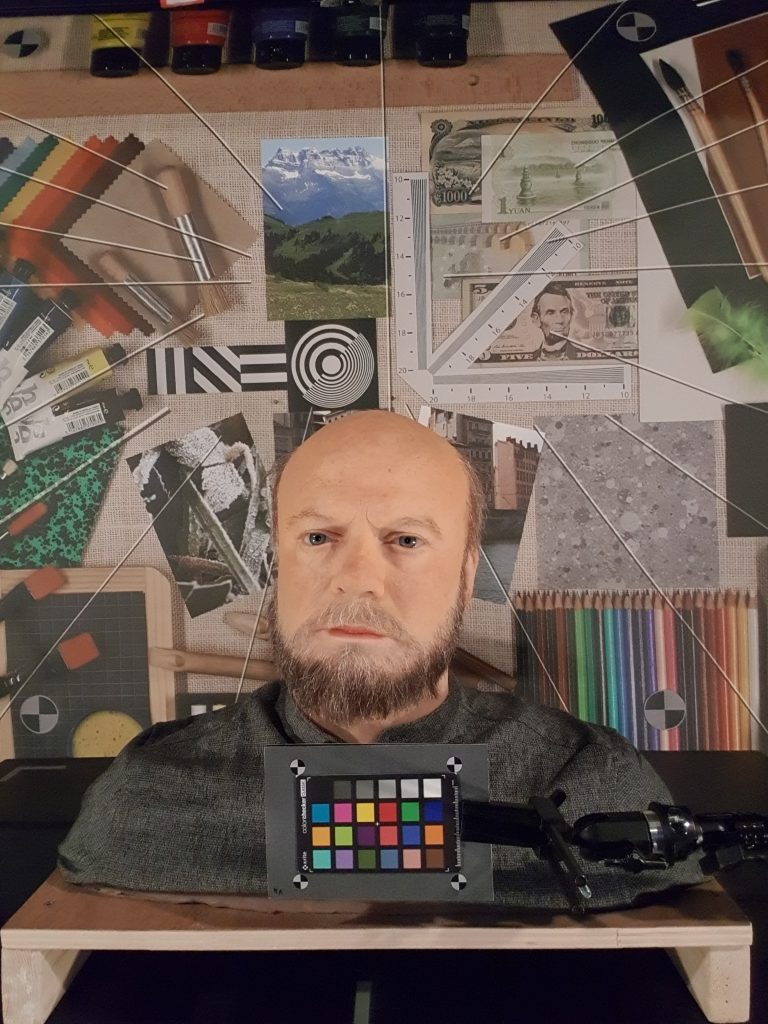


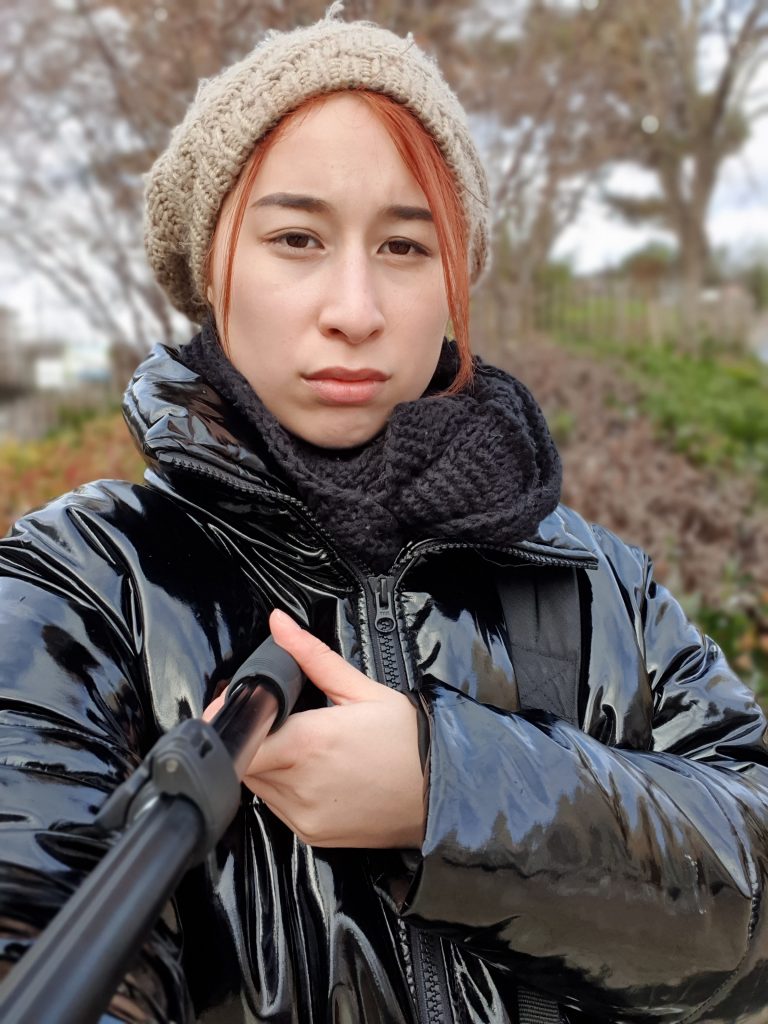

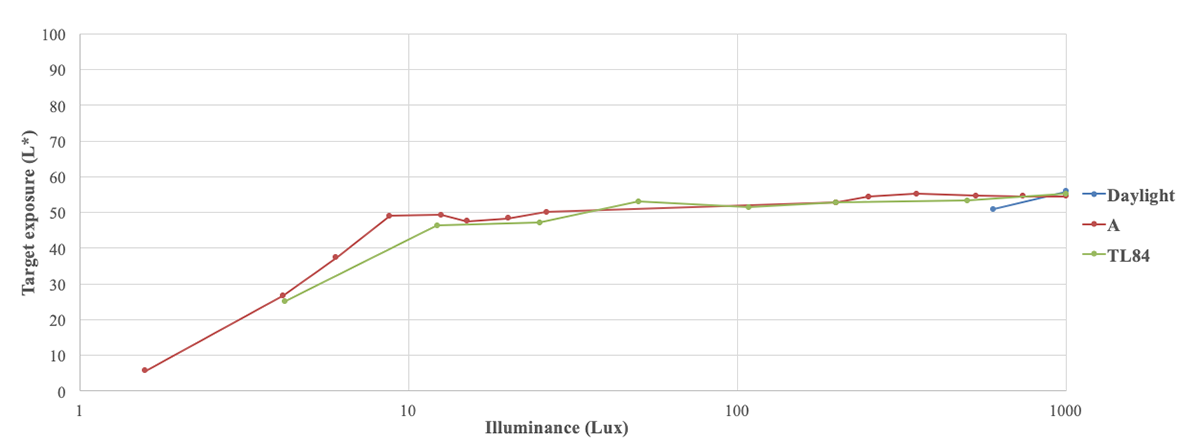
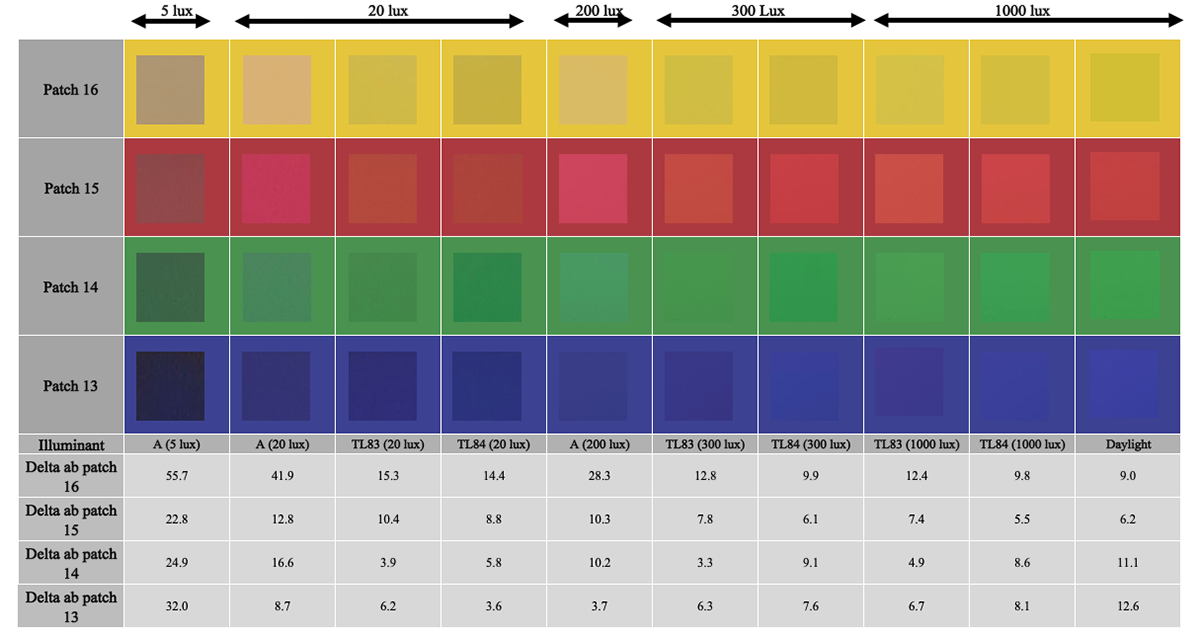

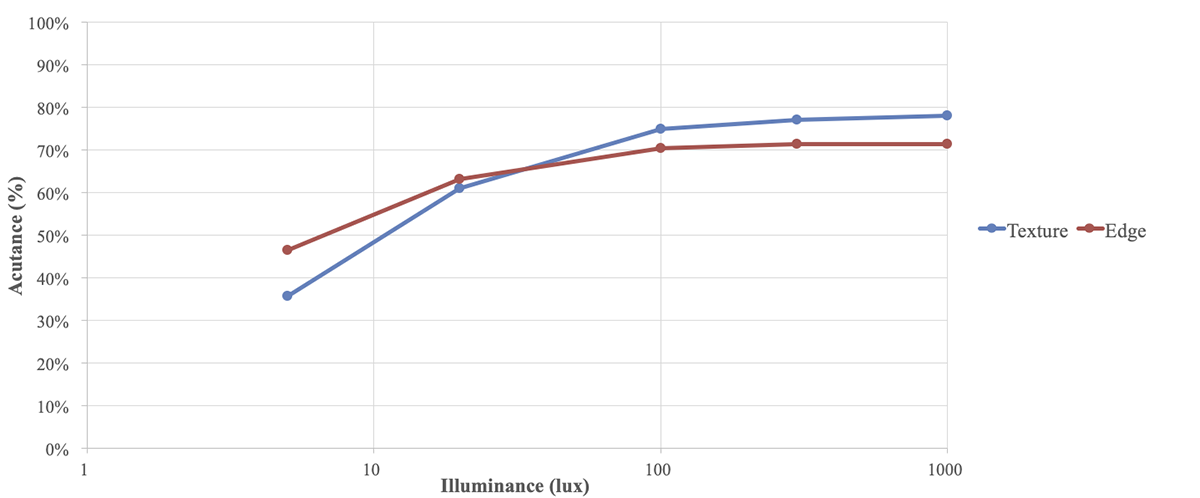
DXOMARK encourages its readers to share comments on the articles. To read or post comments, Disqus cookies are required. Change your Cookies Preferences and read more about our Comment Policy.